I feel very difficult to understand the concept of wide row and related concepts from Cassandra The Definite Guide:
Cassandra uses a special primary key called a composite key (or compound key) to represent wide rows, also called partitions. The composite key consists of a partition key, plus an optional set of clustering columns. The partition key is used to determine the nodes on which rows are stored and can itself consist of multiple columns. The clustering columns are used to control how data is sorted for storage within a partition. Cassandra also supports an additional construct called a static column, which is for storing data that is not part of the primary key but is shared by every row in a partition.
Figure 4-5 shows how each partition is uniquely identified by a partition key, and how the clustering keys are used to uniquely identify the rows within a partition.
Are a wide row and a partition synonyms?
In "the partition key is used to determine the nodes on which rows are stored and can itself consist of multiple columns" and "each partition is uniquely identified by a partition key",
since a partition key is for a wide row, why are there multiple "rows" (does "rows" here mean "wide rows")?
how does the partition key "determine the nodes on which rows are stored"?
How can a partition key be used for "each partition is uniquely identified by a partition key"?
In "the clustering columns are used to control how data is sorted for storage within a partition",
- what is a clustering column, for example, what are the clustering columns in the figure?
- How do the clustering columns "control how data is sorted for storage within a partition"?
In "the clustering keys are used to uniquely identify the rows within a partition",
- a partition is a synonym of a wide row, what does it mean by "the rows within a partition"?
- How "the clustering keys are used to uniquely identify the rows within a partition"?
Thanks.
